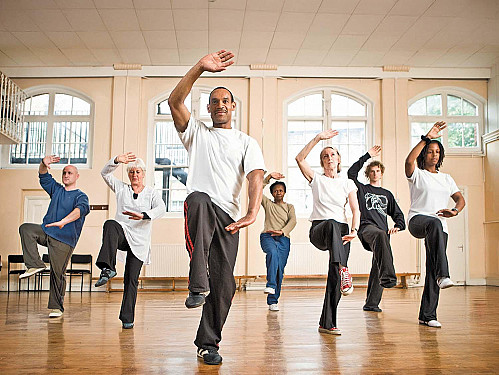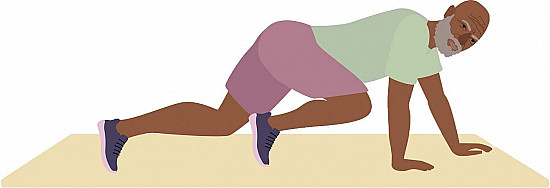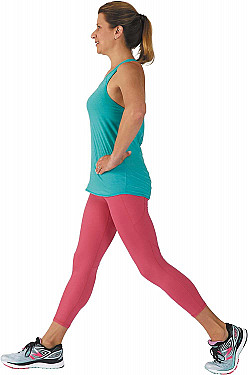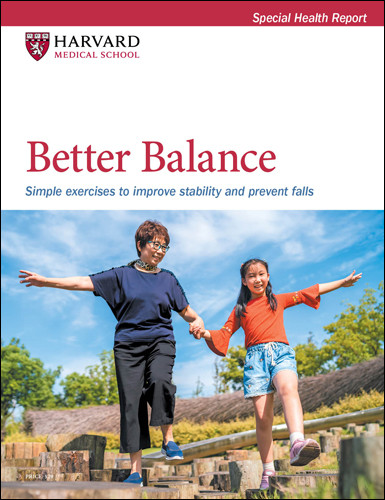Rising up from a fall
Practice these movements to help you get up safely.
- Reviewed by Howard E. LeWine, MD, Chief Medical Editor, Harvard Health Publishing; Editorial Advisory Board Member, Harvard Health Publishing
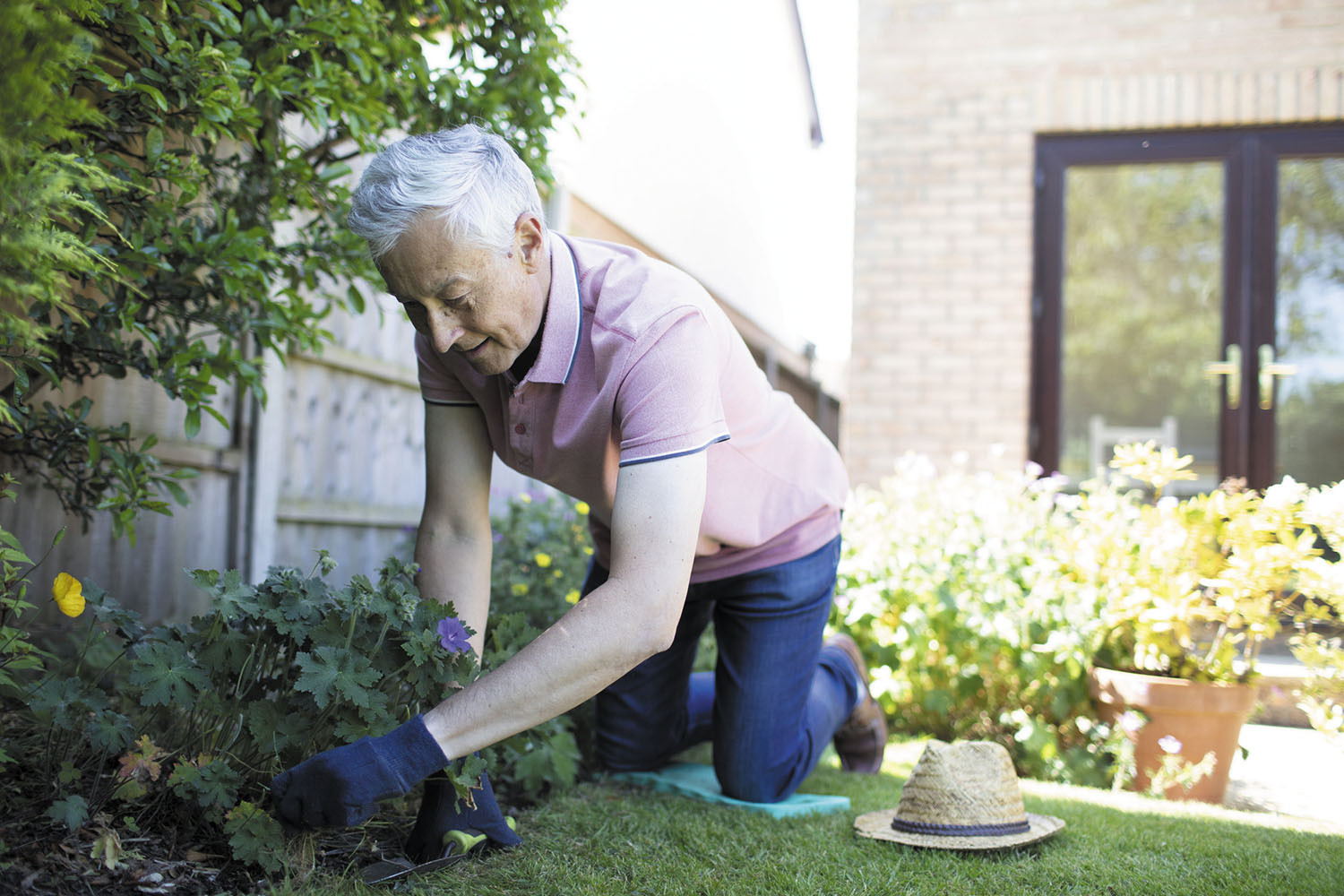
Prevention is the best protection against falls. Exercising, working on balance, and fall-proofing your home are essential. But if you take a tumble, and you're uninjured, can you safely get back up?
"Your body requires certain movements to rise from the ground that we don't always practice or do as well as we age," says Janice McGrail, physical therapist and clinical specialist with Harvard-affiliated Spaulding Rehabilitation Network. "This is also why it's often difficult for older adults to get up and down in everyday life, like when they're kneeling in the garden, looking for something under the bed, or playing on the floor with the grandkids."
Exercises that can help you rise from a seated position and improve your daily up-and-down movements are the kneel-to-stand, crawling, and the sit-to-stand.
"Practicing these also can make you feel more confident about being active and able to live independently," says McGrail. "The moves also are a way to gauge your current fitness, flexibility, and mobility and identify areas where you need to improve."
Sit-to-stand
Muscles worked: core, legs, hips
This movement helps you practice rising from a seated floor position and is an excellent test of balance, coordination, and overall wellness, as it requires many physical skills.
Sit down on the floor with your legs crossed or straight out. Now stand up again. (This can be a difficult movement, especially for people with sore knees, arthritis, or poor balance, so practice with someone next to you for safety.) Note how you used your body for support.
Repeat the movement again, only this time, grade your effort. Beginning with a score of 10, subtract one point each time you do one of the following for support while sitting or standing:
- use your hand
- use your knee
- use your forearm
- use one hand on the knee or thigh
- use the side of your leg
- lose your balance at any time.
For example, take off one point if you sat with no problem but had to use either a hand or a knee to get up. If you had to use both hands and both knees, deduct four points (one point for each hand and knee). If you can sit on the floor and stand without assistance, you scored a perfect 10. If you cannot get up at all, your score is zero. Ideally, you want a score of eight or higher.
Kneel-to-stand
Muscles worked: core, hips, thighs
When you're on the ground, you often need to stabilize yourself in a kneeling position before you can stand. To practice this move, place a pillow, cushion, or folded towel on the floor. From a standing position, kneel so one knee is on the padding and the other leg is bent, so you are in a "marriage proposal" position. Stay there for one or two seconds, and then stand up.
If needed, push your hand against the bent knee for leverage, or do the exercise next to a chair or table and use it for assistance. Repeat the down-and-up movement five to 10 times. Then repeat, kneeling with the other leg, the same number of times.
Crawling
Muscles worked: core, shoulders, hips
If you fall, you might need to crawl to a couch or chair or another place where you can lift yourself up.
To practice crawling, get into a hands-and-knees position on the floor with your wrists under your shoulders and your knees under your hips. To crawl, move your right hand and left knee forward, then vice versa. Crawl in one direction for 10 counts, then turn around and crawl back.
Plan for a soft landingYou can't always avoid a fall, but you may reduce injury by controlling how you fall. Falls happen quickly, and it can be challenging to think fast, but here are some strategies to help soften your landing.
|
Image: © Carruthers & Hobbs/Getty Images
About the Author

Matthew Solan, Executive Editor, Harvard Men's Health Watch
About the Reviewer

Howard E. LeWine, MD, Chief Medical Editor, Harvard Health Publishing; Editorial Advisory Board Member, Harvard Health Publishing
Disclaimer:
As a service to our readers, Harvard Health Publishing provides access to our library of archived content. Please note the date of last review or update on all articles.
No content on this site, regardless of date, should ever be used as a substitute for direct medical advice from your doctor or other qualified clinician.











